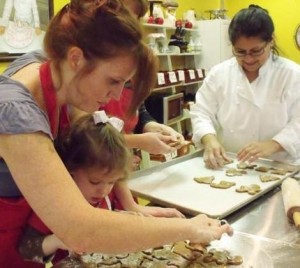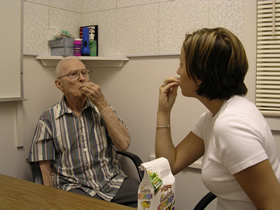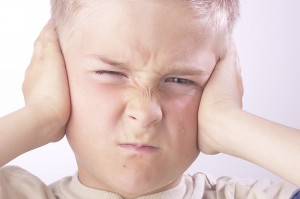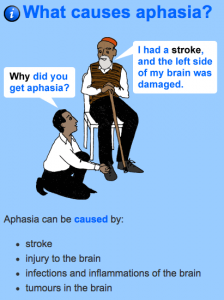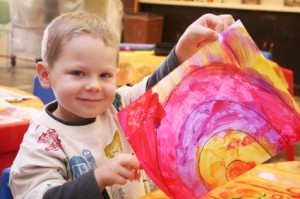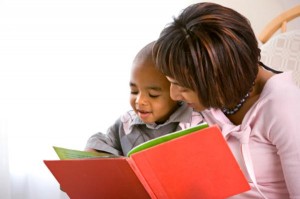While your child learns new communication skills with his speech-language pathologist (SLP), you can also work on your own communication skills. Learning more effective means of communicating with your speech disordered or delayed child can help him progress more quickly. Take advantage of everyday activities to encourage language. Create a communication-friendly environment for your child by using techniques that stimulate verbal and nonverbal communication. Always discuss home-based speech therapy with your child’s SLP. The SLP can offer advice and suggest educational activities that are tailored to your child’s needs.
How to Teach the “P” Sound
Speech Therapy TechniquesYour child’s speech-language pathologist (SLP) should provide you with activities to do at home to encourage your child’s progress. If not, ask the SLP for “homework.” If your child needs help with individual sounds, work on helping him master those sounds before moving on to syllables and whole words.
How to Cope with Selective Mutism
Speech Therapy TechniquesSelective mutism, sometimes called elective mutism, refers to the abrupt cessation of speech in certain social situations, although the child can speak well in other situations. It is a severe type of social anxiety disorder. The cause of selective mutism is unknown; however, some children with the disorder have a family history of anxiety disorders.
What is Tongue Thrust?
Pronunciation & Lisps Speech Disorders Speech Therapy TechniquesTongue thrust is an orofacial myofunctional disorder (OMD). Formerly called reverse swallow or deviate swallow, tongue thrust refers to the tongue pressing up against the teeth or between them while swallowing. Some tongue thrusters move the tongue inappropriately to the sides, rather than forward to the teeth. Improper tongue positioning can also occur while the tongue is at rest, in which case it may lie too far forward.
Speech Therapy for Adults with Apraxia
Speech Disorders Speech Therapy TechniquesApraxia, sometimes called verbal apraxia or acquired apraxia of speech, is a motor speech disorder. This means that the problem arises from poor motor coordination. A person with apraxia has trouble with the muscle control that is needed to form words. Patients may develop acquired apraxia of speech regardless of how old they are, but it more commonly afflicts adults. As opposed to acquired apraxia, developmental apraxia is present in children from birth.
Speech Therapy for Autistic Children
Speech Therapy Techniques
Autism is a developmental disorder of which there are several types. Children with autism spectrum disorders (ASD) can display a wide range of symptoms. Often, they will display behavioral symptoms like repetitive activities, social symptoms like a refusal to make eye contact, and communication symptoms, which can range from mild to severe. A child with an autism spectrum disorder may refuse to speak entirely, have limited speech, or may speak in a “robotic” manner.
Speech Therapy for Adults with Aphasia
Speech Disorders Speech Therapy TechniquesOn January 8, 2011, Americans were stunned to hear of the assassination attempt on Senator Gabrielle Giffords. Giffords was shot in the head, but miraculously survived. As she recovered, Giffords struggled to learn how to speak. She was diagnosed with aphasia, which is an acquired communication disorder. Aphasia does not impair a person’s intelligence, but it does impede the ability to process language, to speak, and to understand another person’s speech.
Dealing with Phonological Disorders
Speech Disorders Speech Therapy Techniques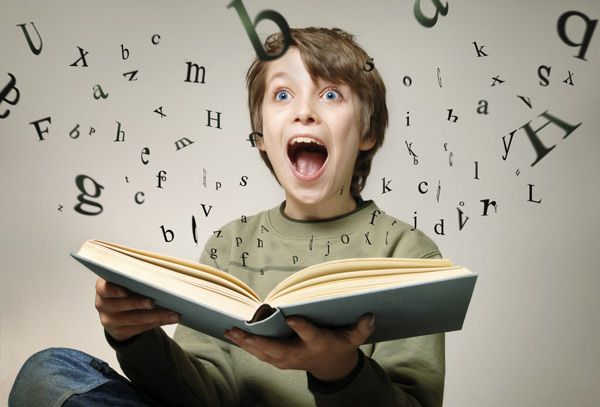
A child’s phonological development refers to the process a child follows when learning the sounds that make language. This involves learning to distinguish different sounds (“up” is different than “cup”) as well as how these sounds fit together to make words. If your child is diagnosed with a phonological disorder, it means that he has trouble distinguishing the patterns of sounds in language. He might not understand the rules of how sounds fit together to make words.
Art Activities in Speech-Language Therapy
Speech Therapy TechniquesThere are two main styles of speech therapy: directive and naturalistic. A directive approach is more structured. The speech therapist might hold up an object, name it, and prompt the child to repeat the word. In contrast, the naturalistic approach may simply look like play. It’s less structured, and it often involves arts and crafts activities. Finding ways to fit art activities in Speech-Language Therapy is a rewarding exercise, and certainly worth considering.
Easy Speech Therapy Tips for Children
Speech Therapy TechniquesNot every child with a speech disorder or delay requires years of intensive therapy. Some communication problems are minor. With a little persistence, you can work on issues like proper pronunciation with your child between therapy sessions. Always ask your child’s speech therapist about activities that would be most effective for your child. It can also be helpful to observe the speech therapy sessions so that you can understand the techniques being used.

